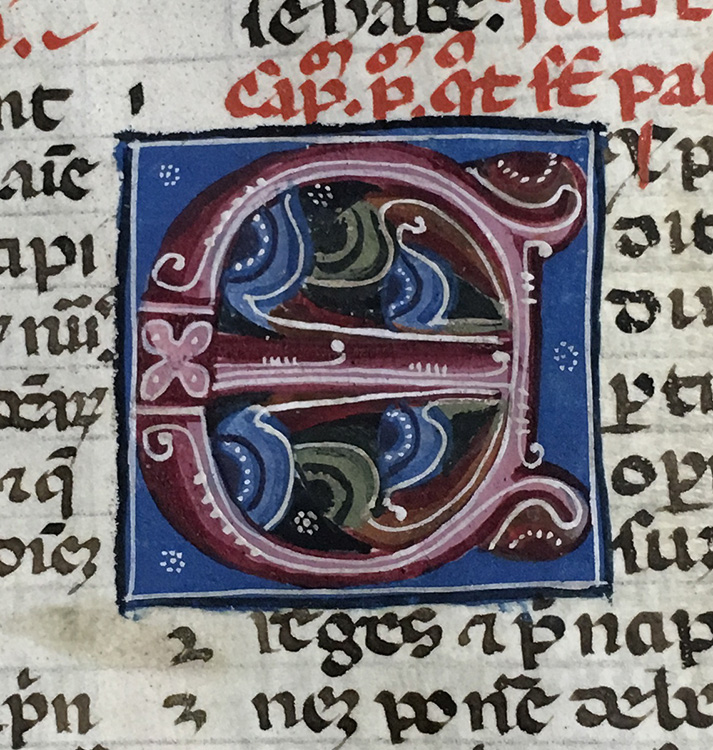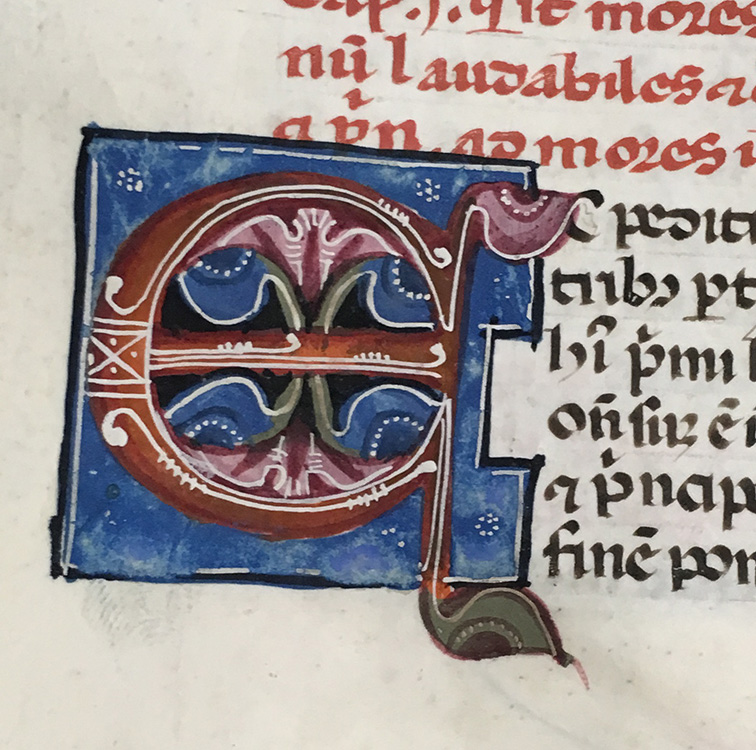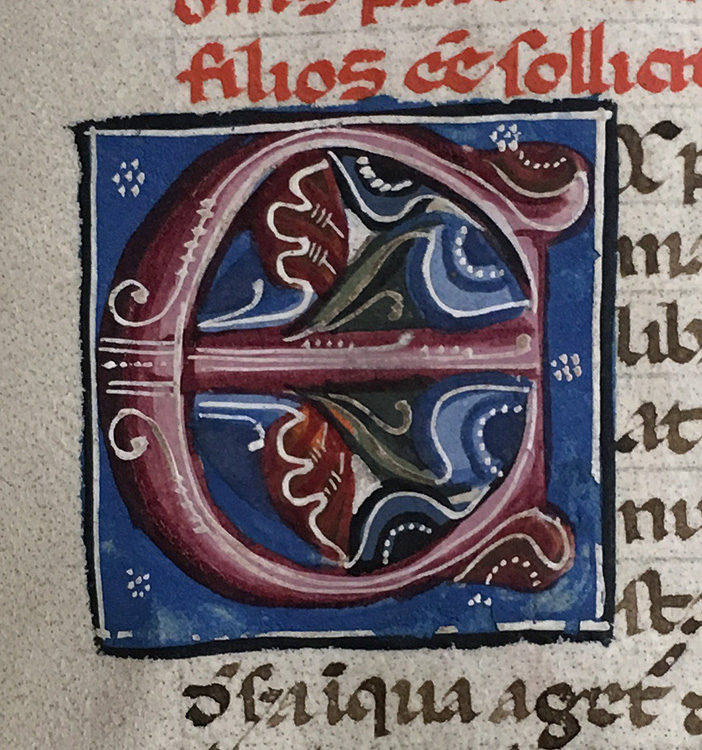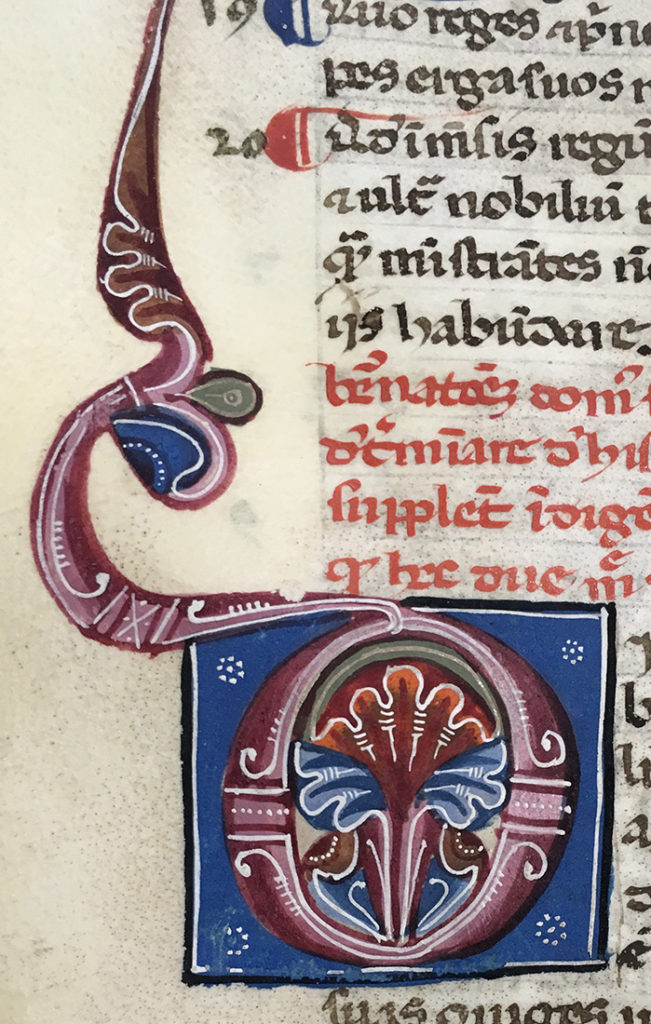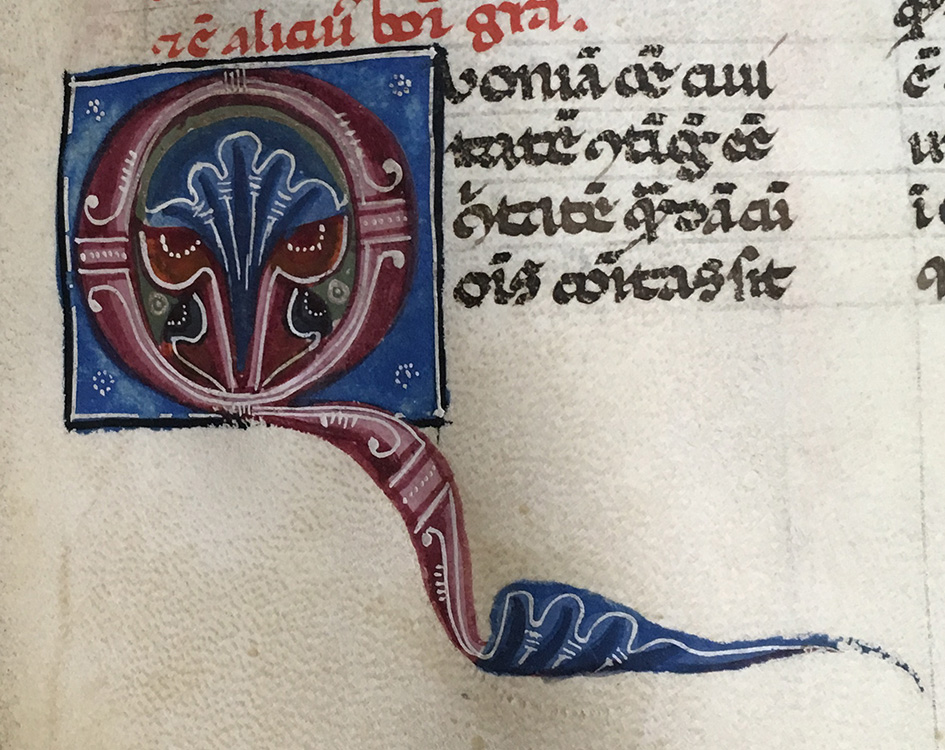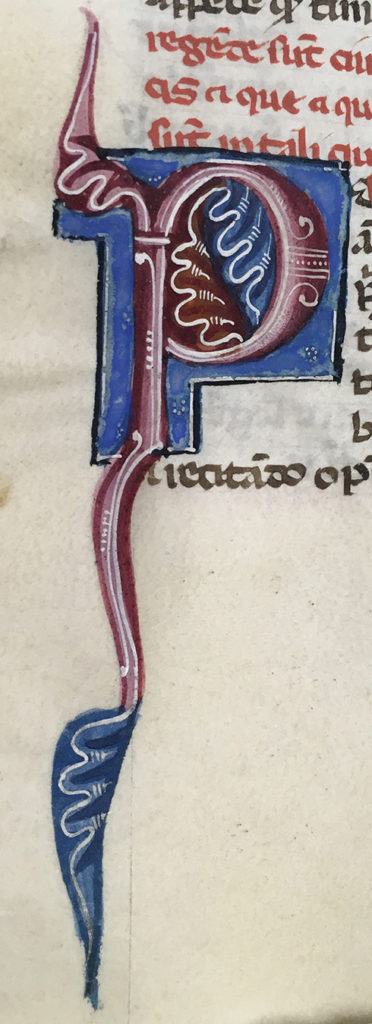Giles of Rome’s De regimine regem et principum falls under the ‘mirror for princes’ genre. The ‘mirror for princes’ genre is advice literature, meant to instruct rulers in governance, and the morals and ethics found in good government. This genre dates as far back as ancient Greece, and became popular in Western Europe during the high Middle Ages. Giles of Rome’s De regimine – if we can take extant manuscripts as evidence – was seemingly more popular than any other ‘mirror for princes’, with the exception of the pseudo-Aristotle’s Secretum secretorum.


